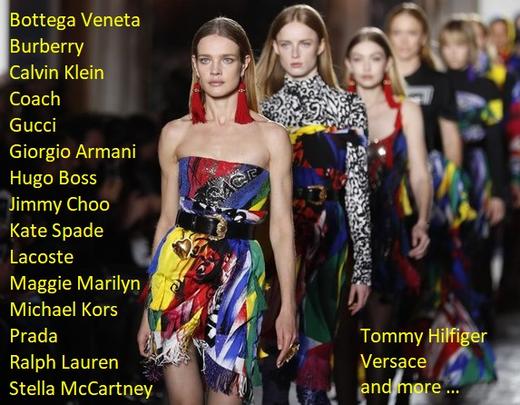Out of Style: All Animals
Fur no longer symbolizes glamour or high fashion, but cruelty and ignorance. Still, more than 100 million wolves, minks, foxes and other wild animals are killed for their skins each year – with more than 80 percent confined to cages on factory farms. The industry touts animal welfare guidelines, but biologists insist raising wild animals in small cages is never humane. China, the United States, Denmark, Russia and Canada still supply furs while Austria, Croatia, the United Kingdom and other nations have banned the farms as designers provide alternatives. “Today, new faux textiles offer the same or better quality, feel and warmth as animal fur,” reports Karen Lange for All Animals. “And they’re cruelty-free, easy to clean and don’t require special summer storage.” Faux fur is made from a variety of materials including recycled polyester and plastic bottles, melted into fine filaments. Textile designers like Ecopel, a French-Chinese company, continue to refine these materials. Major designers including Gucci, Armani, Prada and Versace; numerous retailers; and even entire cities like San Francisco and Los Angeles ban production and sale of animal fur. Sales of fur are in decline, and statistics are hard to come by. With so many textiles and alternatives available, the fashion industry expresses embarrassment about those who rely on a product that represents suffering. – YaleGlobal
Out of Style: All Animals
As advocates call for change, new alternatives are making it easier than ever for designers to stop using animal fur
Sunday, September 15, 2019
Read the article from All Animals about decreased consumer interest in animal furs and the rise of faux fur.
California has banned trapping animals for fur. Read about legislation on a ban on fur from undomesticated animals for California by 2023.
Read about the fashion brands that are fur-free from Harper’s Bazaar.

All Animals
© 2019 The Humane Society of the United States